© Juan Solano
胡安·索拉诺
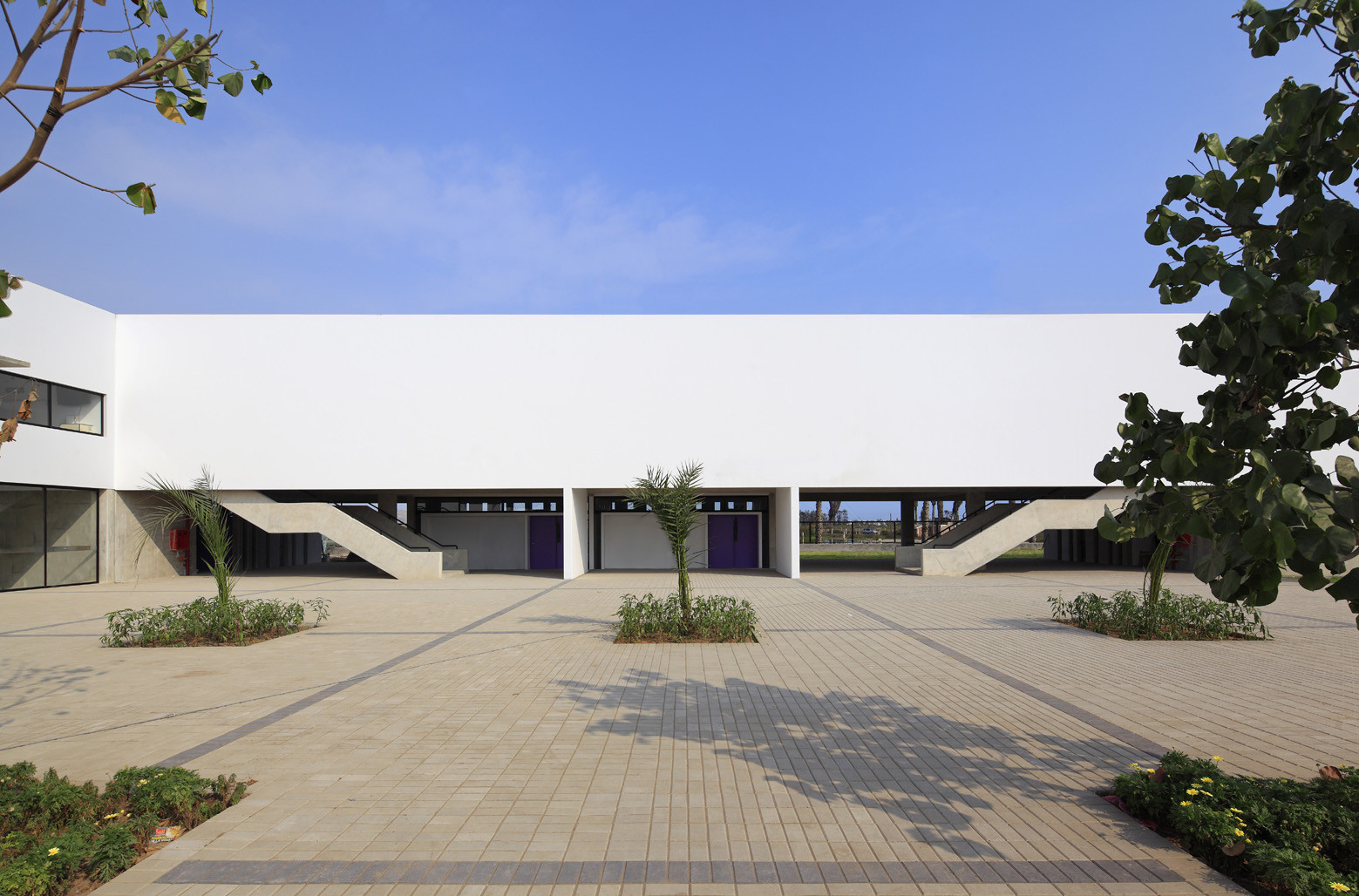
架构师提供的文本描述。利马别墅学校探索了“四合院”的想法,或中央空虚,但规模的公共性质。如果我们理解这种类型是一种没有规模、形式或特定功能的概念,那么不管它的条件如何,都可以重复同样的想法。
Text description provided by the architects. LIMA VILLA SCHOOL explores the idea of “courtyard house” or central void, but on a scale of public character. If we understand that the type is an idea without scale, form or specific function, then the same idea can be repeated regardless of its condition.
© Juan Solano
胡安·索拉诺

The site is located in the middle of a swamp in the suburbs of the capital. The educational proposal aims for every student to recognize their skills and explore their individual and collective capacities. We understand that there is a difference between knowledge and learning. The first is certain information, data that is transmitted in the classroom. But learning is a dynamic experience that occurs spontaneously. It is precisely in the corridors and in informal spaces where the possibility of questioning appears. In Greek architecture, Stoas were architectural spaces, without any pre-determined use, covered and protected from the sun and rain, formed by a series of columns. It was the perfect place for informal social life, a place for gathering, conversation and dialogue. We intend to reinterpret this condition.
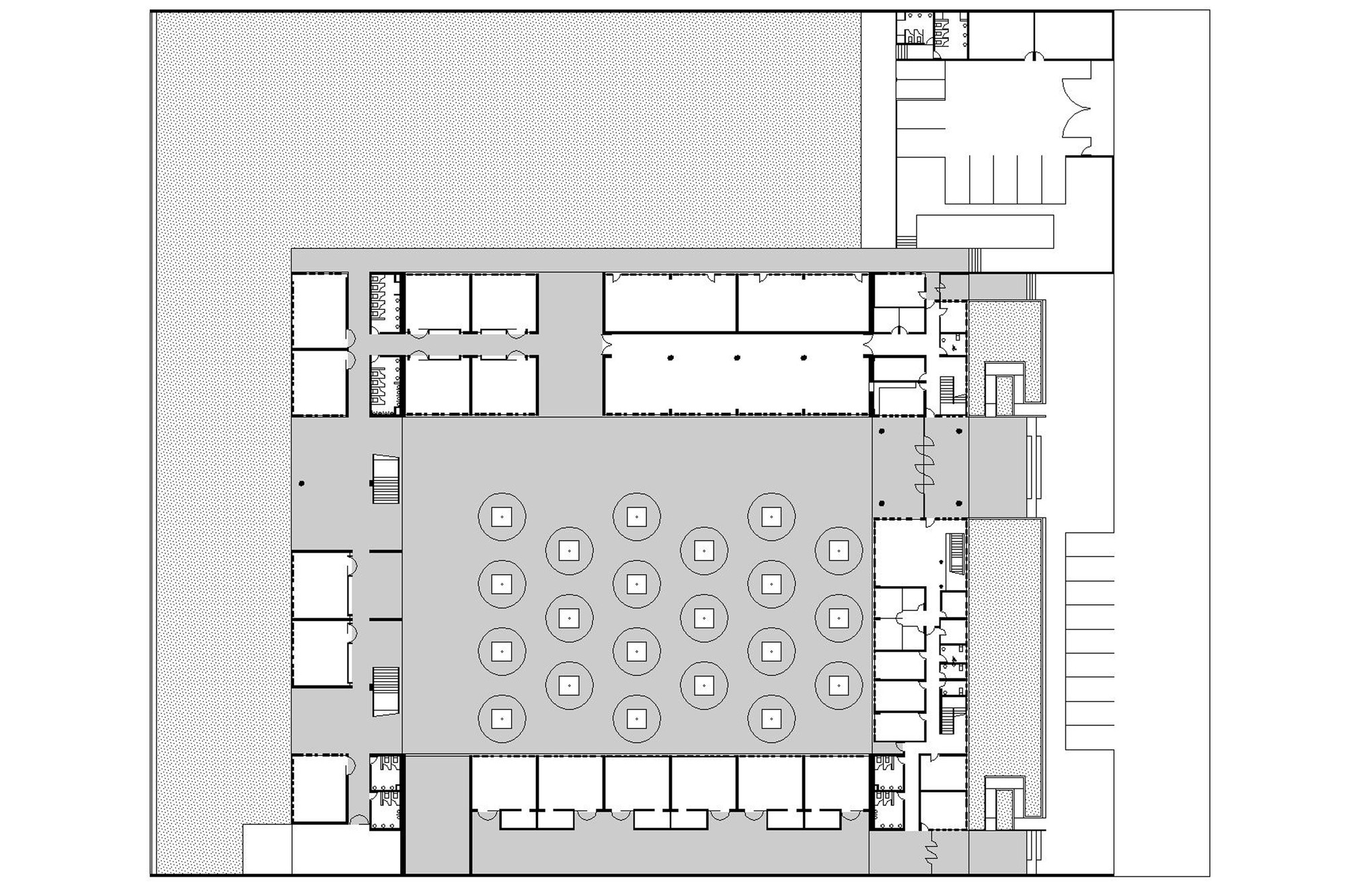
一个70米的平面图,中央有一个空隙。它的外围由一个线性建筑来定义,它由一个6mx7m的结构网格的重复组成,它响应于教室的最小单元。庭院有一个公共尺度(50米x35米),包含不同层次的树木,表面和纹理重叠的网格。这些会产生新的对角线,供学校内交替循环使用。庭院的周长通过第一层模棱两可的空间扩大,学生们可以非正式地聚集在那里。因此,在空间定义的和编程的未定的之间建立对话。
A 70m square plan with a central void. Its periphery is defined by a linear building that consists of the repetition of a structural grid of 6m x 7m, which responds to the minimum unit of the classroom. The courtyard has a public scale (50m x 35m) and contains different layers where a grid of trees, surfaces and textures overlap. These generate new diagonals for alternate circulation within the school. The perimeter of the courtyard is dilated through the ambiguous spaces of the first level, where students can gather informally. A dialogue is thus established between the spatially defined and the programmatically undetermined.
© Juan Solano
胡安·索拉诺
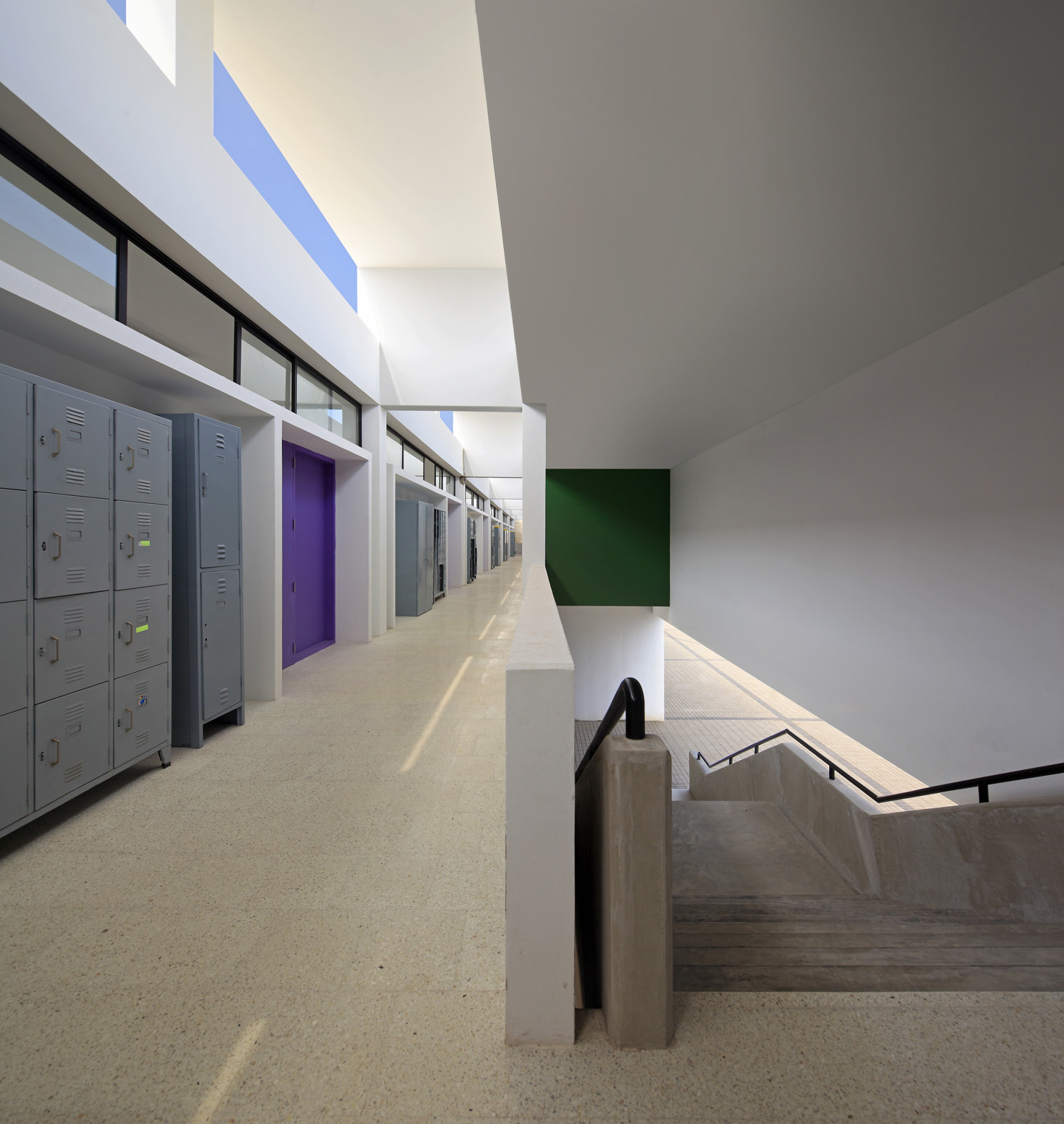
在第二层,这些非正式空间与走廊相连,而不是与露台相连。这些循环不再仅仅是过境的地方,成为学生服务的生活空间,因此自发性是正确的使用方式。
On the second level these informal spaces are attached to the corridors, and not linked to the patio. These circulations are no longer just places of transit and become living spaces that serve students so that spontaneity is the right way to use them.
© Juan Solano
胡安·索拉诺
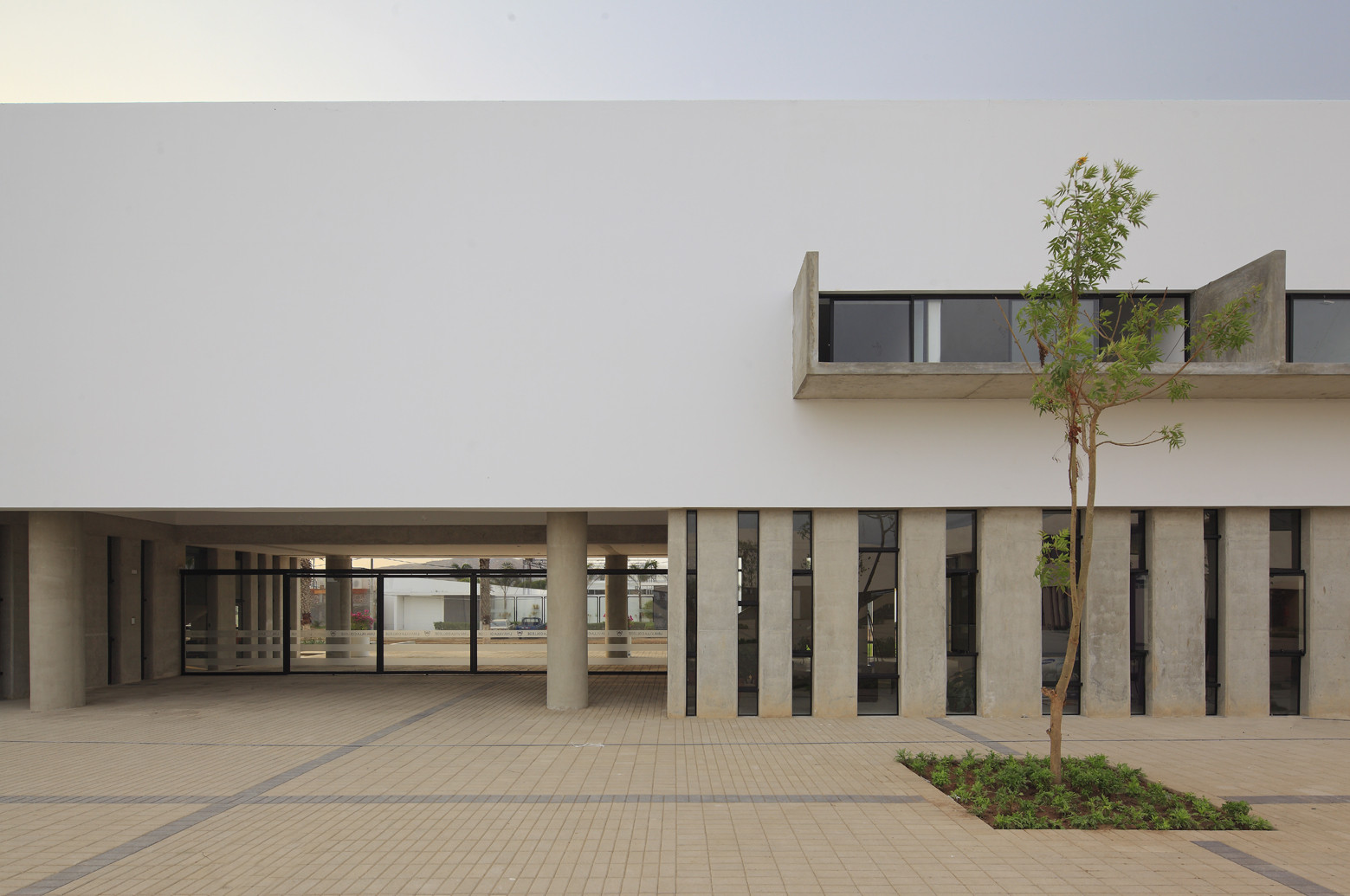
第一层柱的节奏性顺序允许一个简单的拱廊结构的结构支撑。在整个走廊中,在同一方向上的循环是缓慢和快速的。学生可以坐下来休息或消磨闲暇时间。
The rhythmic sequence of the columns on the first level allows structural supports for a simple arcade structure. Throughout the corridors, circulation is slow and fast in the same direction. Students can sit and take a break or spend their leisure time.
© Juan Solano
胡安·索拉诺
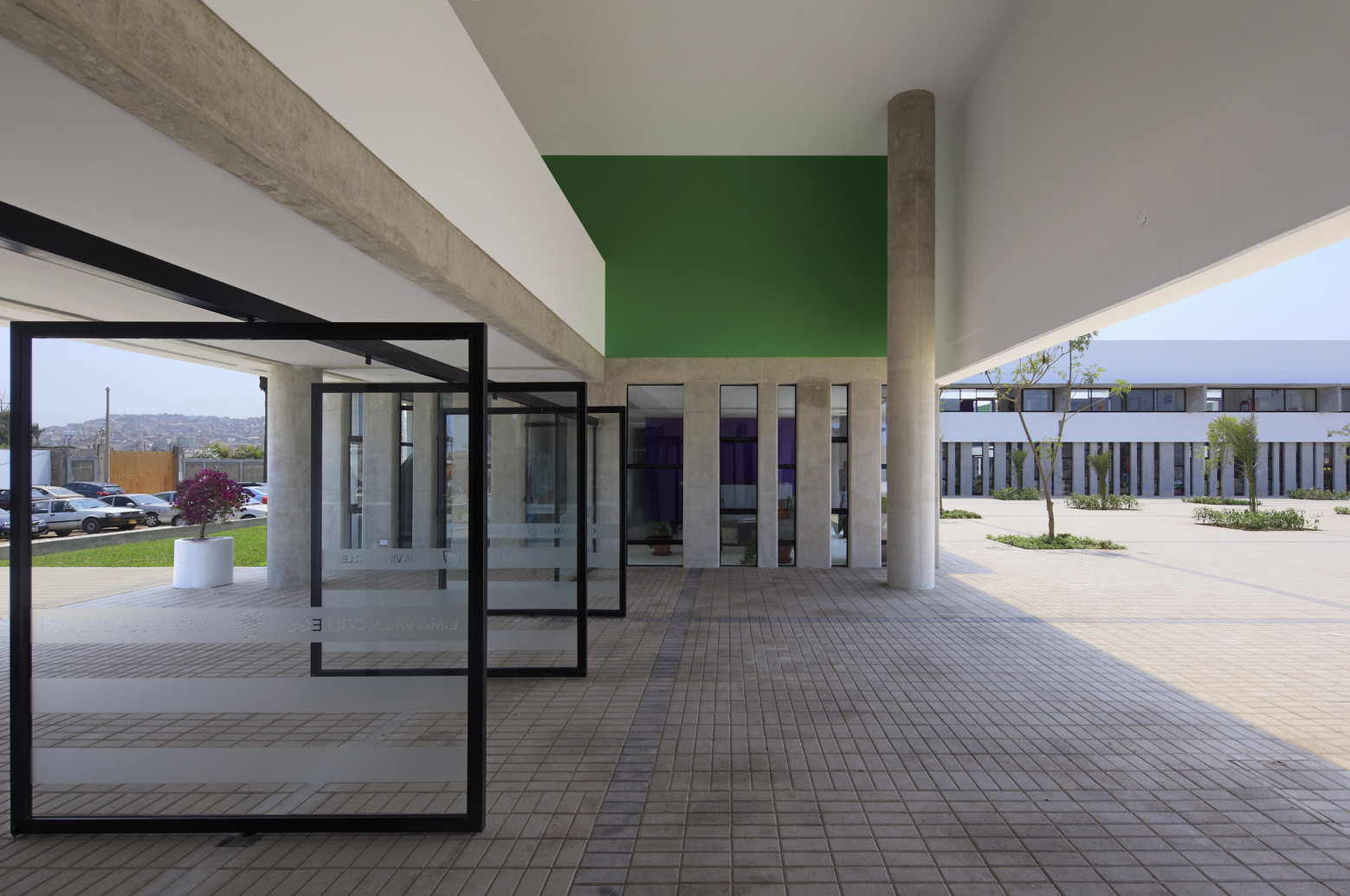
这些空间允许光线和阴影在一天的不同时间进入,使室内空间更加动态。我们打算将丰富的空间融入到缺乏生存空间的线性走廊中。将天空与地面连接起来的空间对角线会产生持续的自然气流。
These spaces allow the entry of light and shadow at different times of day, making the interior space even more dynamic. We intend to incorporate spatial richness to the linear corridors that lack the living spaces. A spatial diagonal linking the sky with the ground produces a constant flow of natural air.
© Juan Solano
胡安·索拉诺

典型的教室很简单,强调自然通风和太阳能控制,以达到最佳的居住条件。通过避免围篱,在入口处实现了半公共空间.Access的目的是,只有当一个人进入大楼时,才能让人感到惊讶。由天花板和墙壁组成的正方形可以帮助我们控制室内空间,在外部和内部之间形成一个门槛。与进入透明度垂直的要素将作为儿童可以自由干预的画布或壁画。
Typical classrooms are simple, with an emphasis on natural ventilation and solar control for optimal habitability conditions. By avoiding enclosing fences, a semi-public space is achieved at the entrance. Access aims to generate surprise revealed only when one enters the building. A square composed between the ceiling and the wall helps us control the interior space, forming a threshold between the exterior and interior. The elements perpendicular to the transparency of the access will serve as canvases or murals that children can freely intervene.
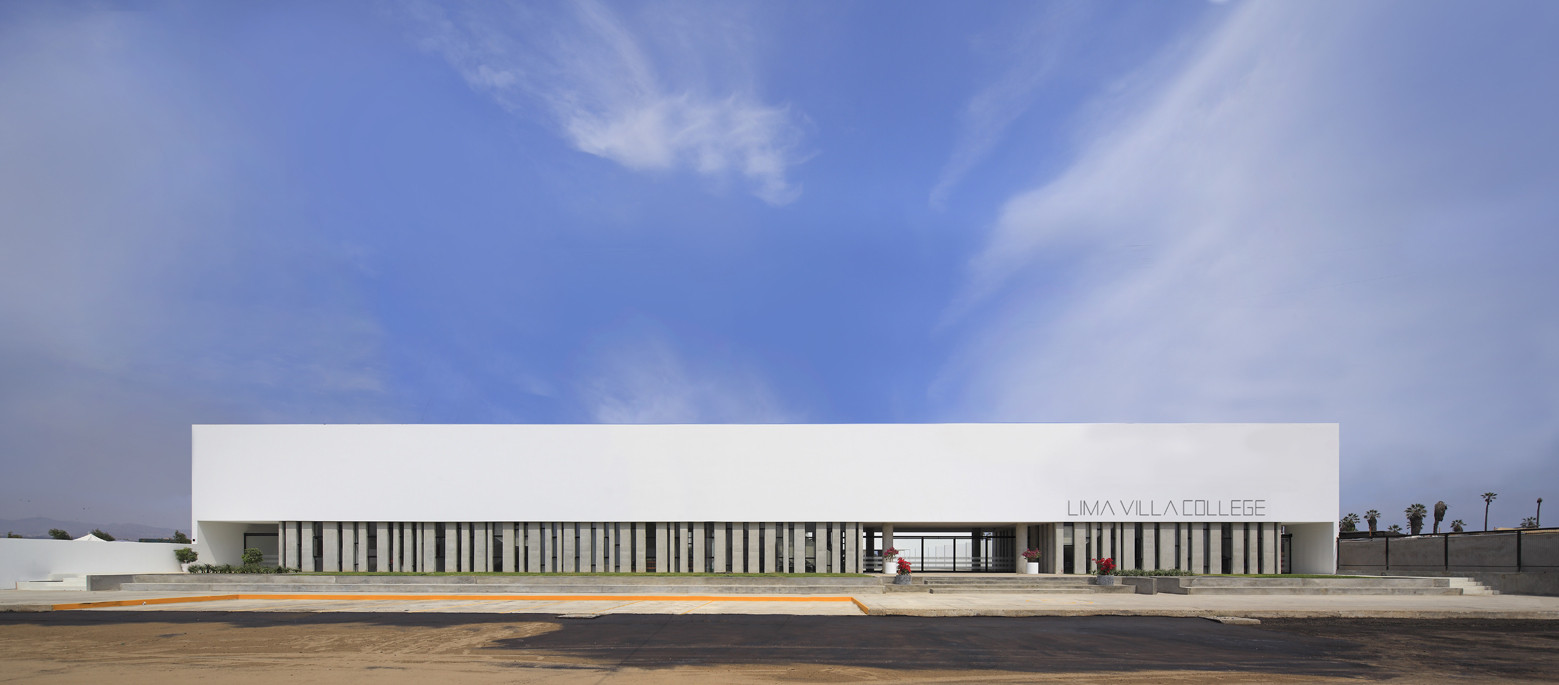

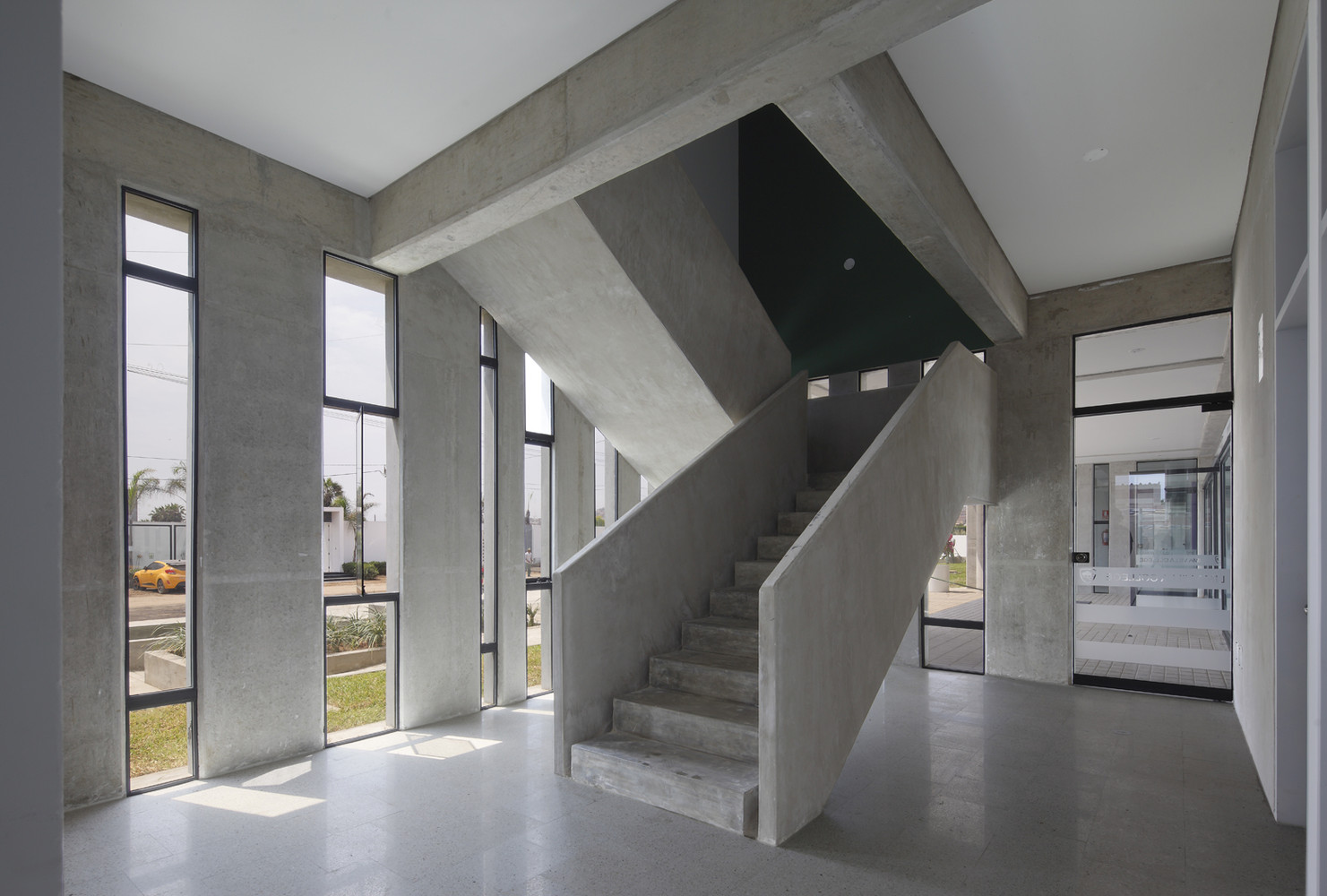
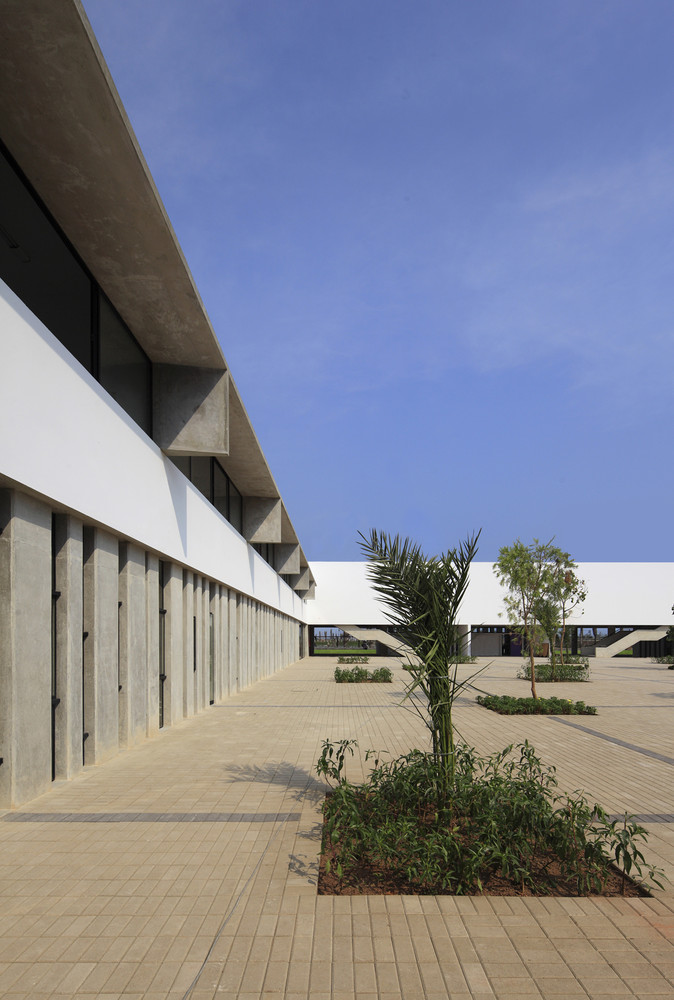
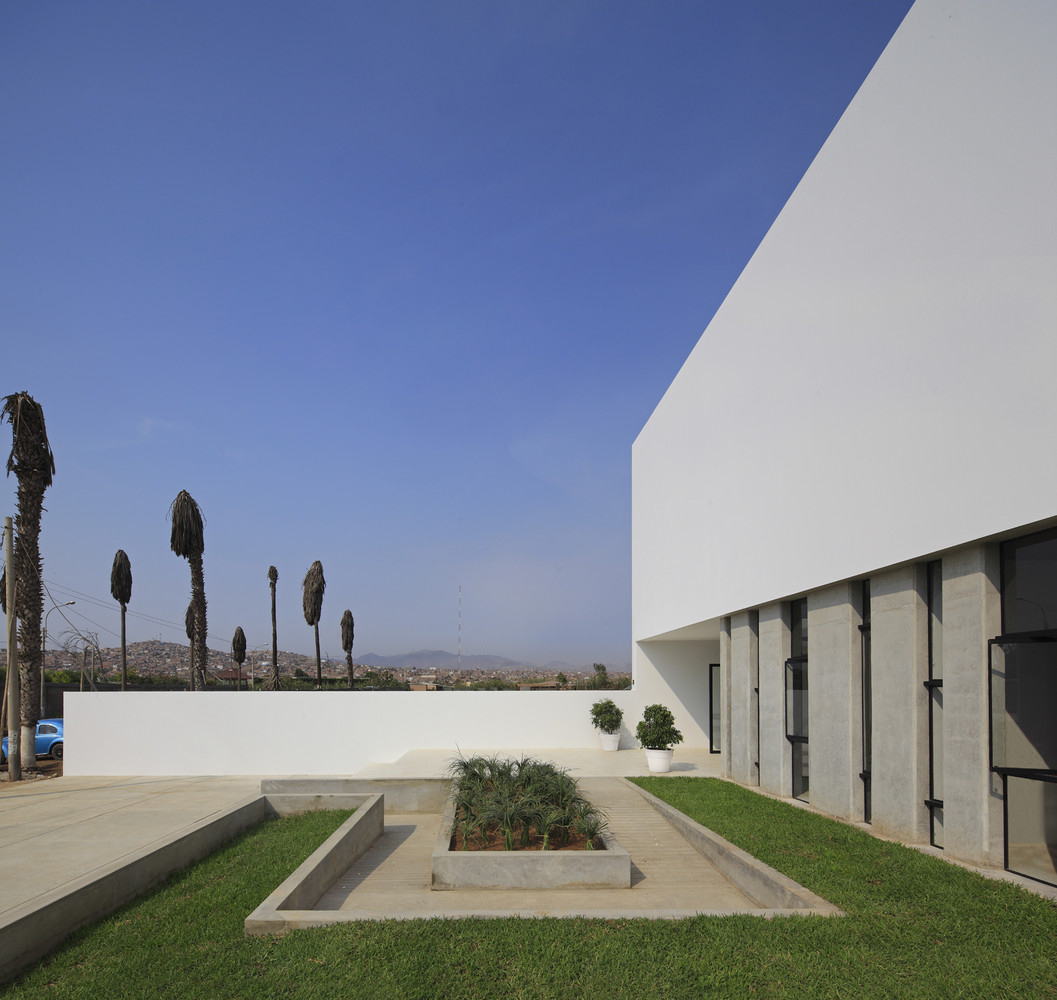
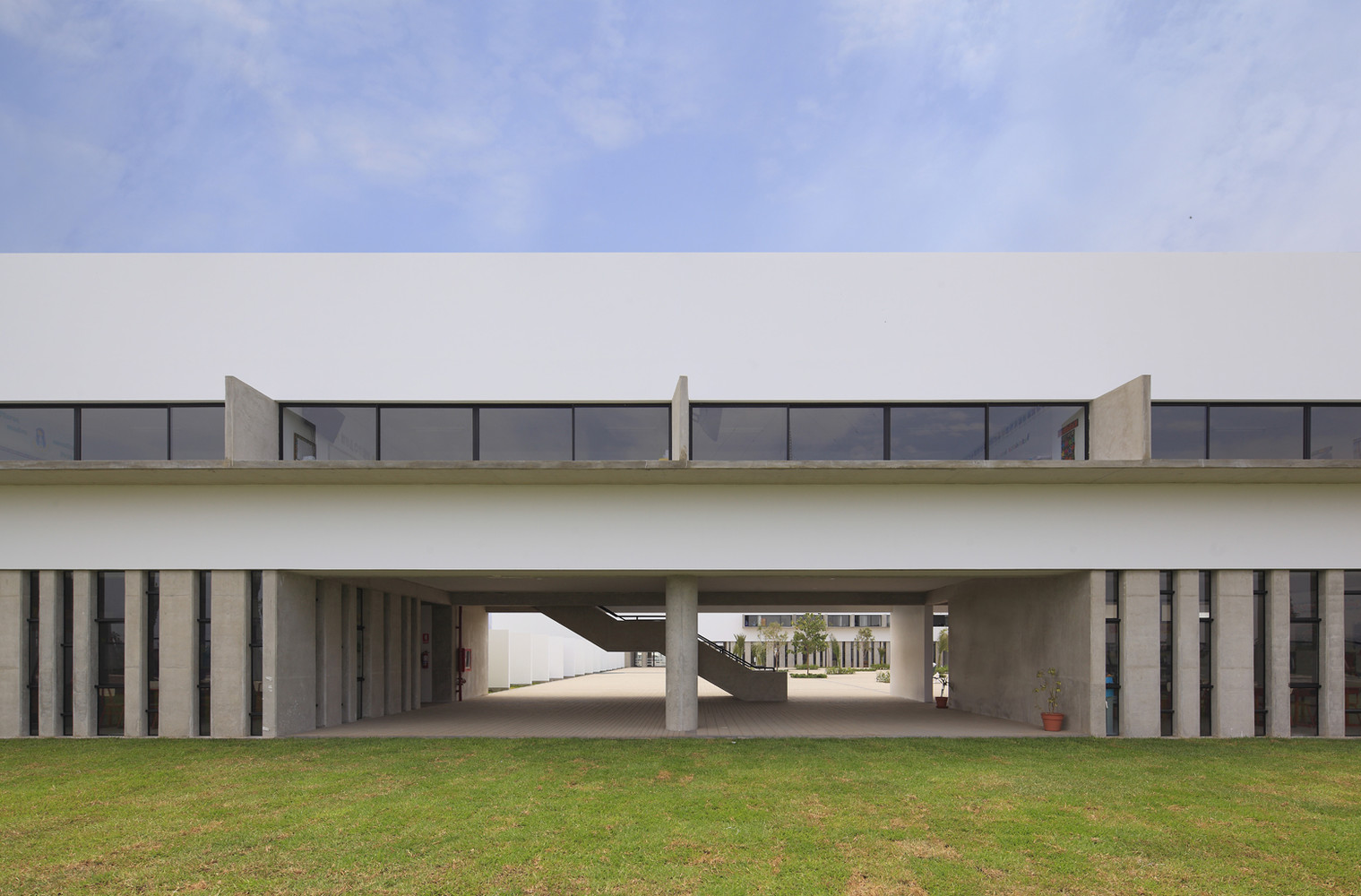

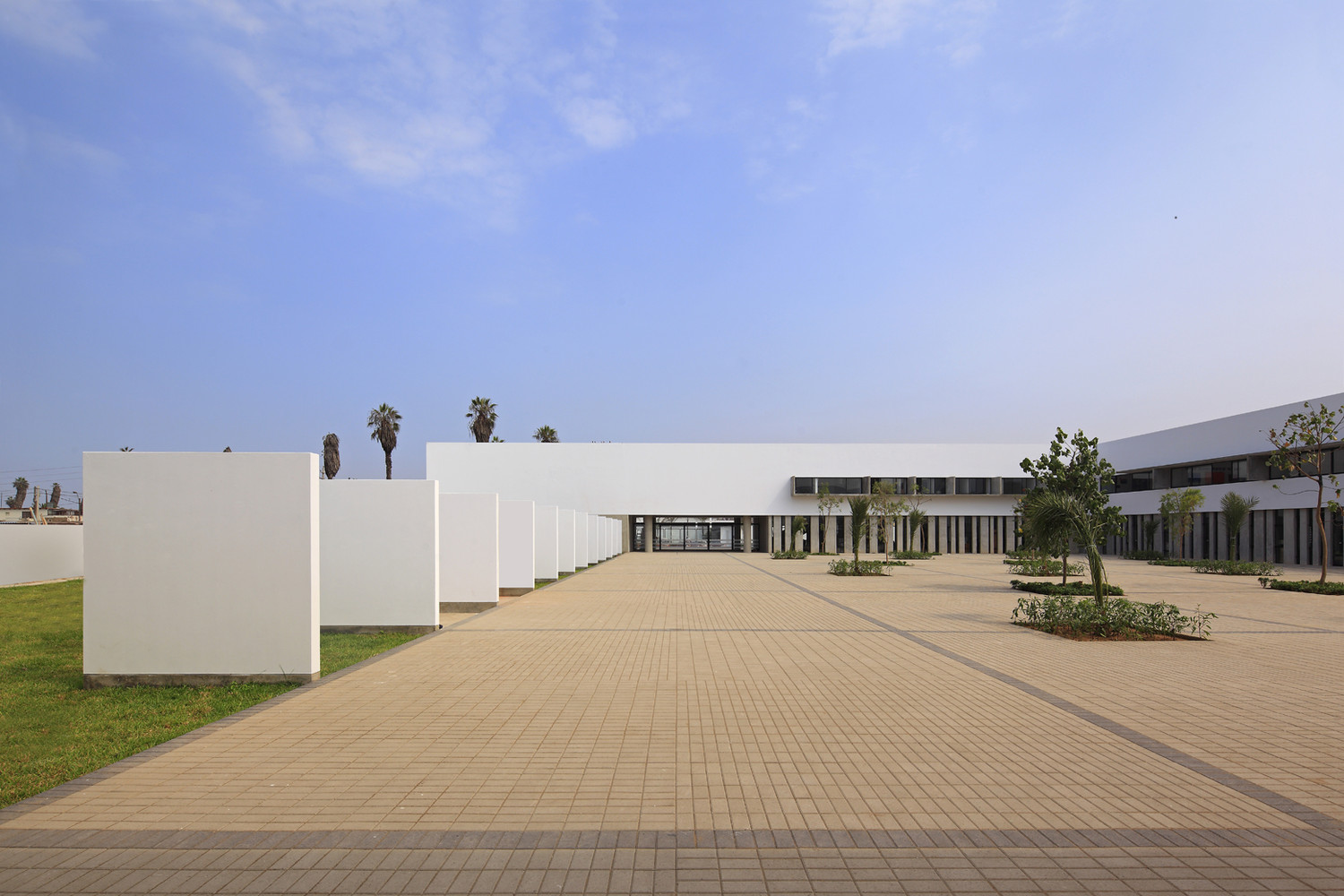
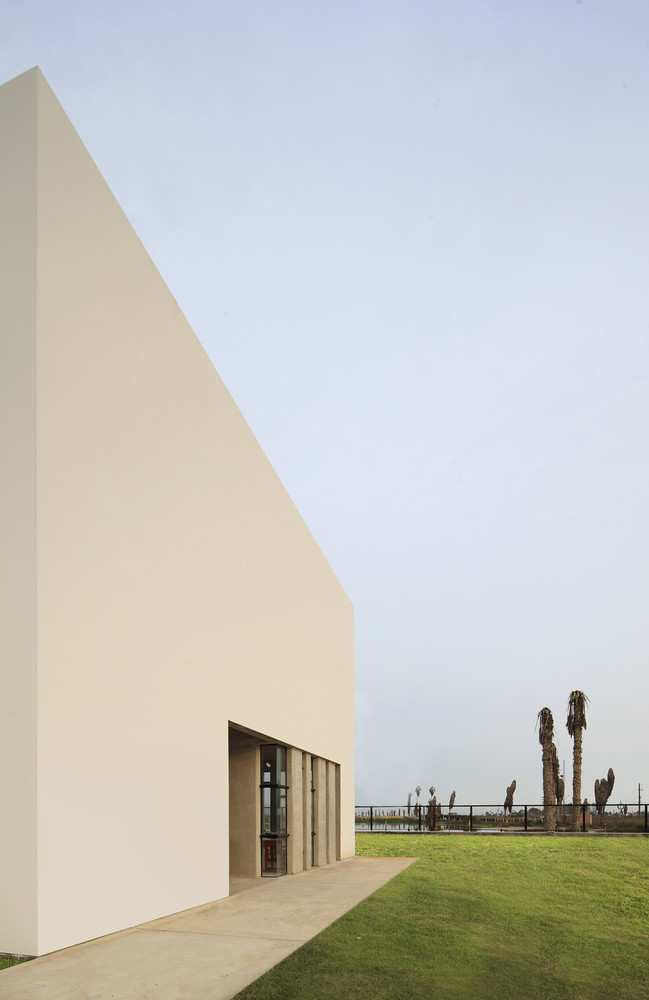

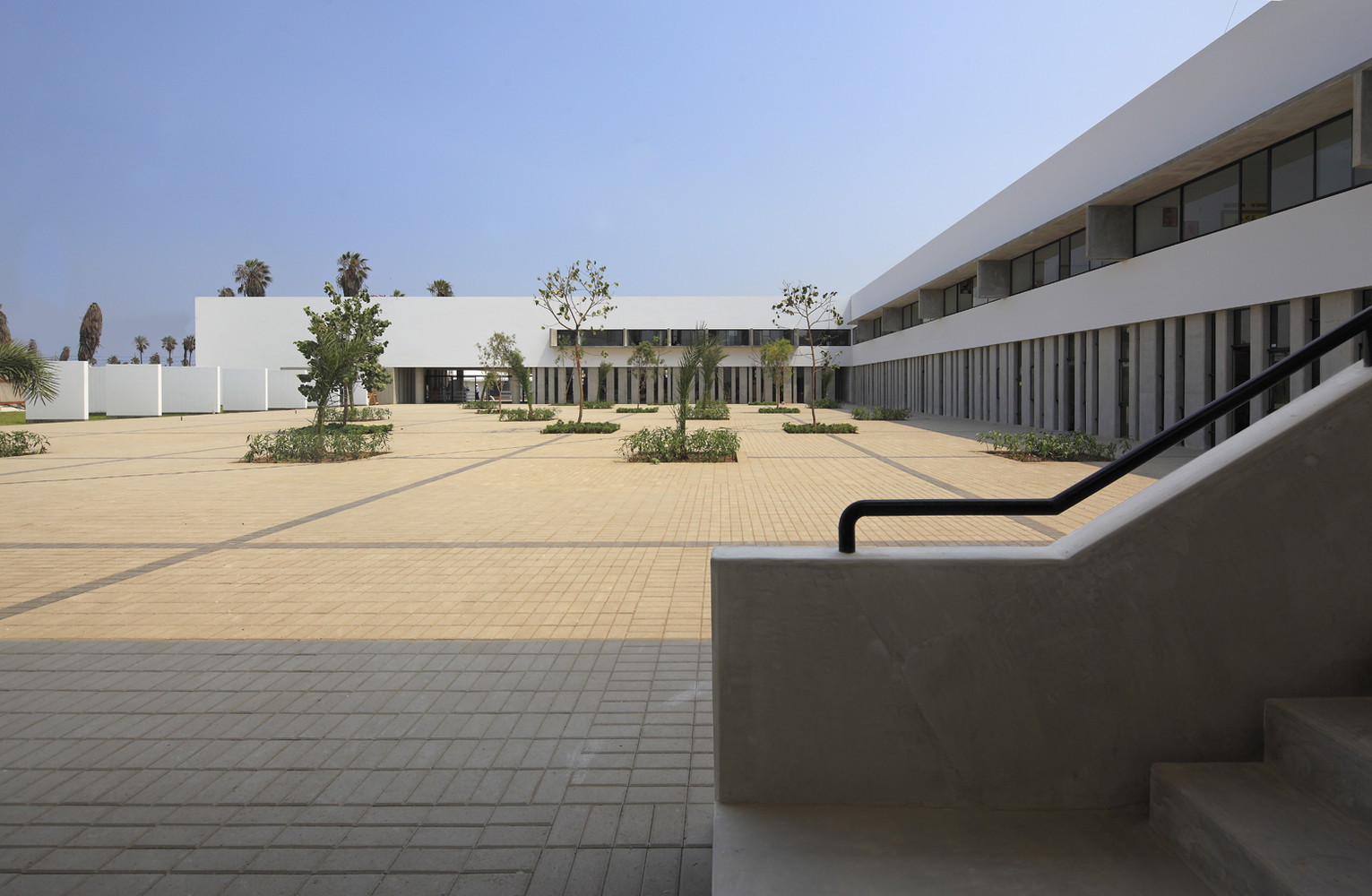

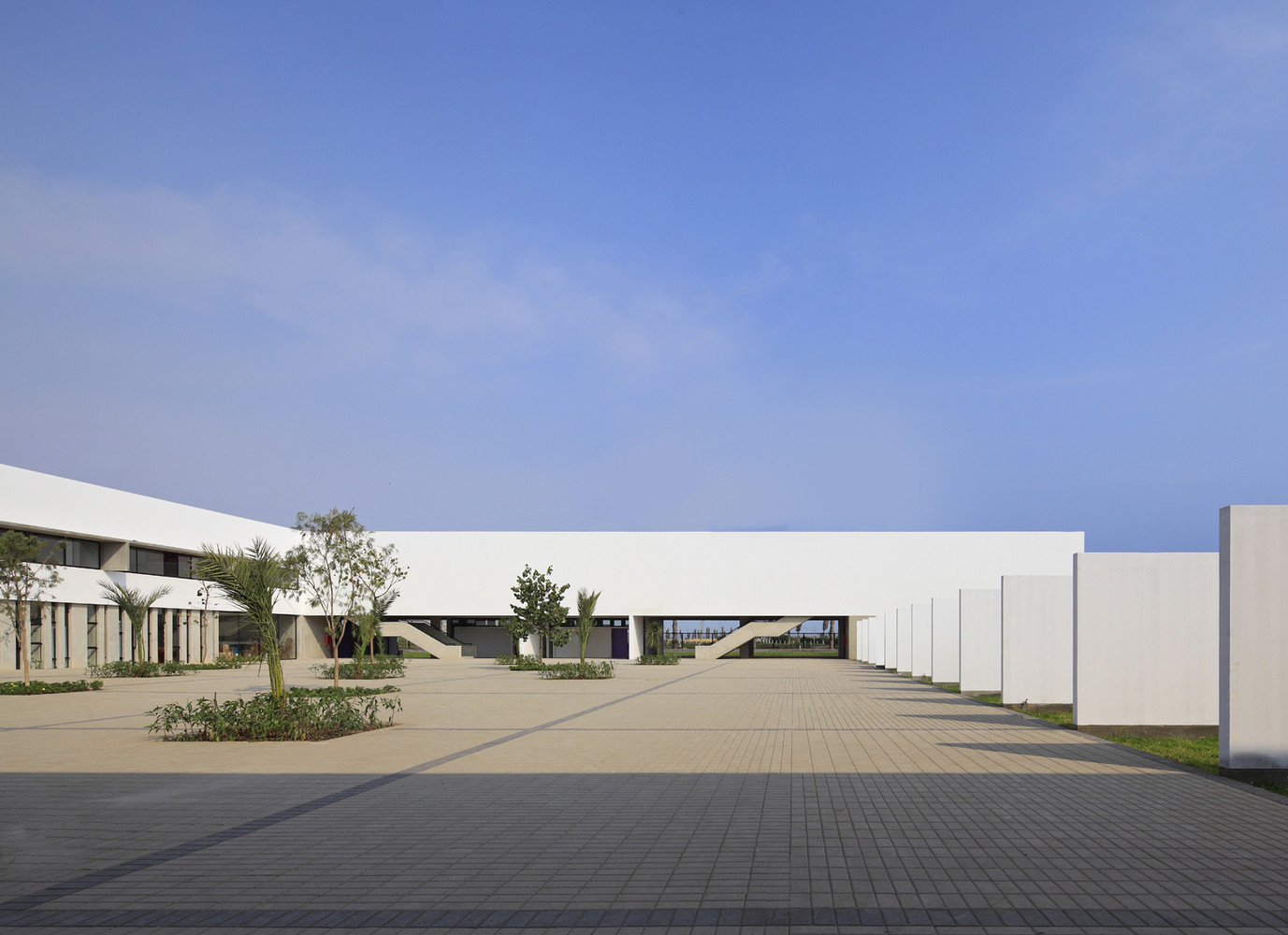

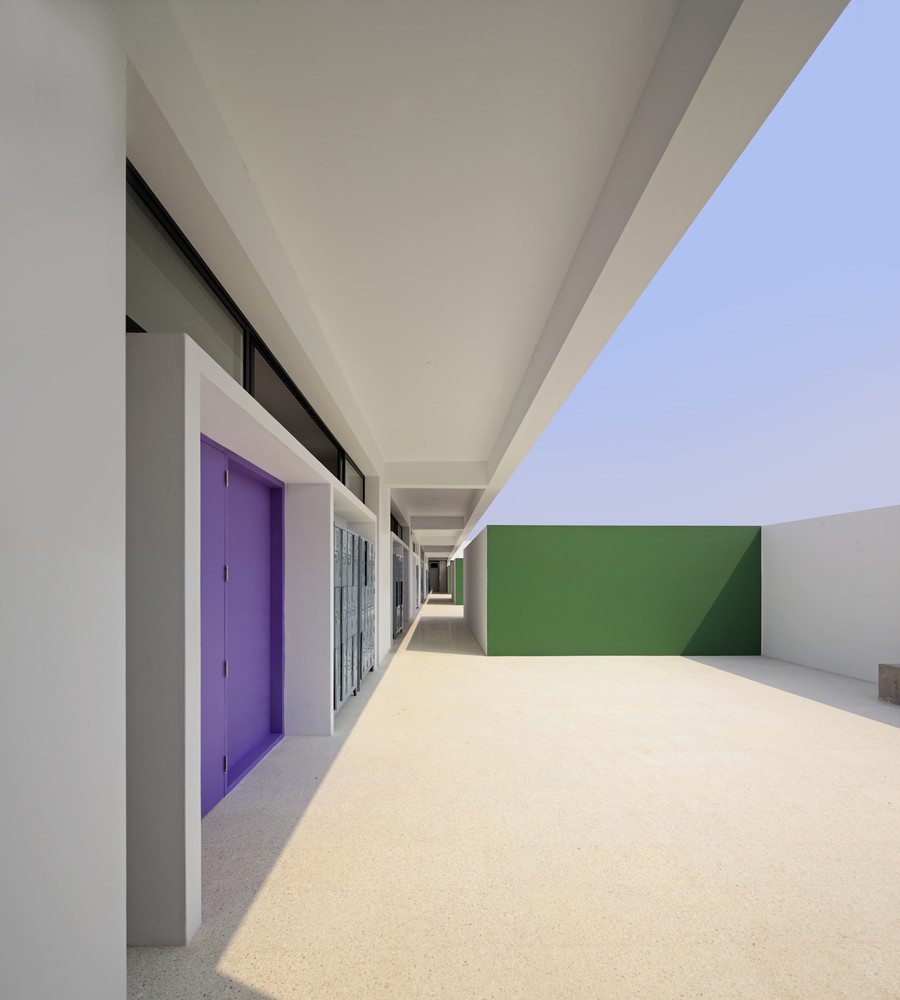
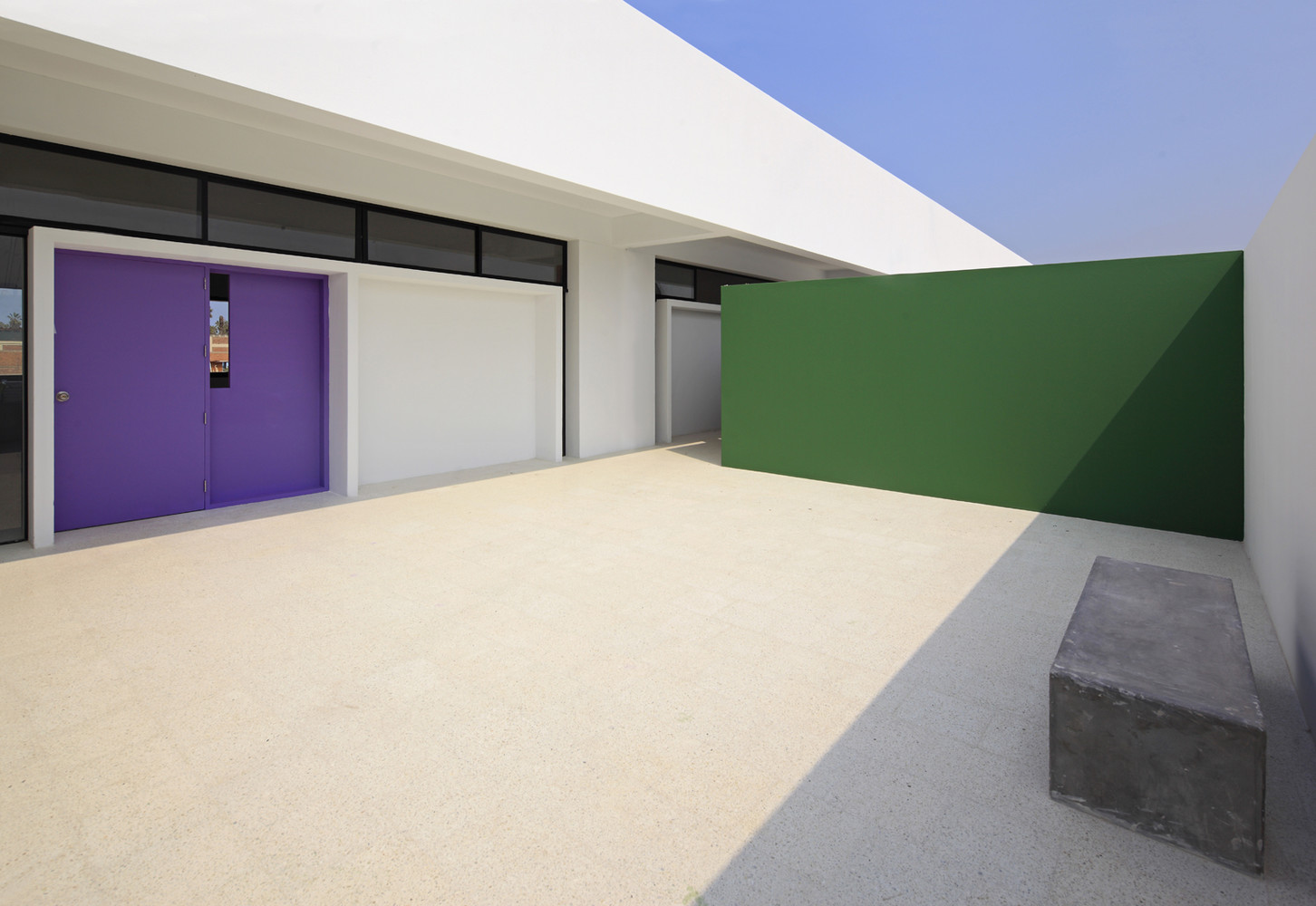
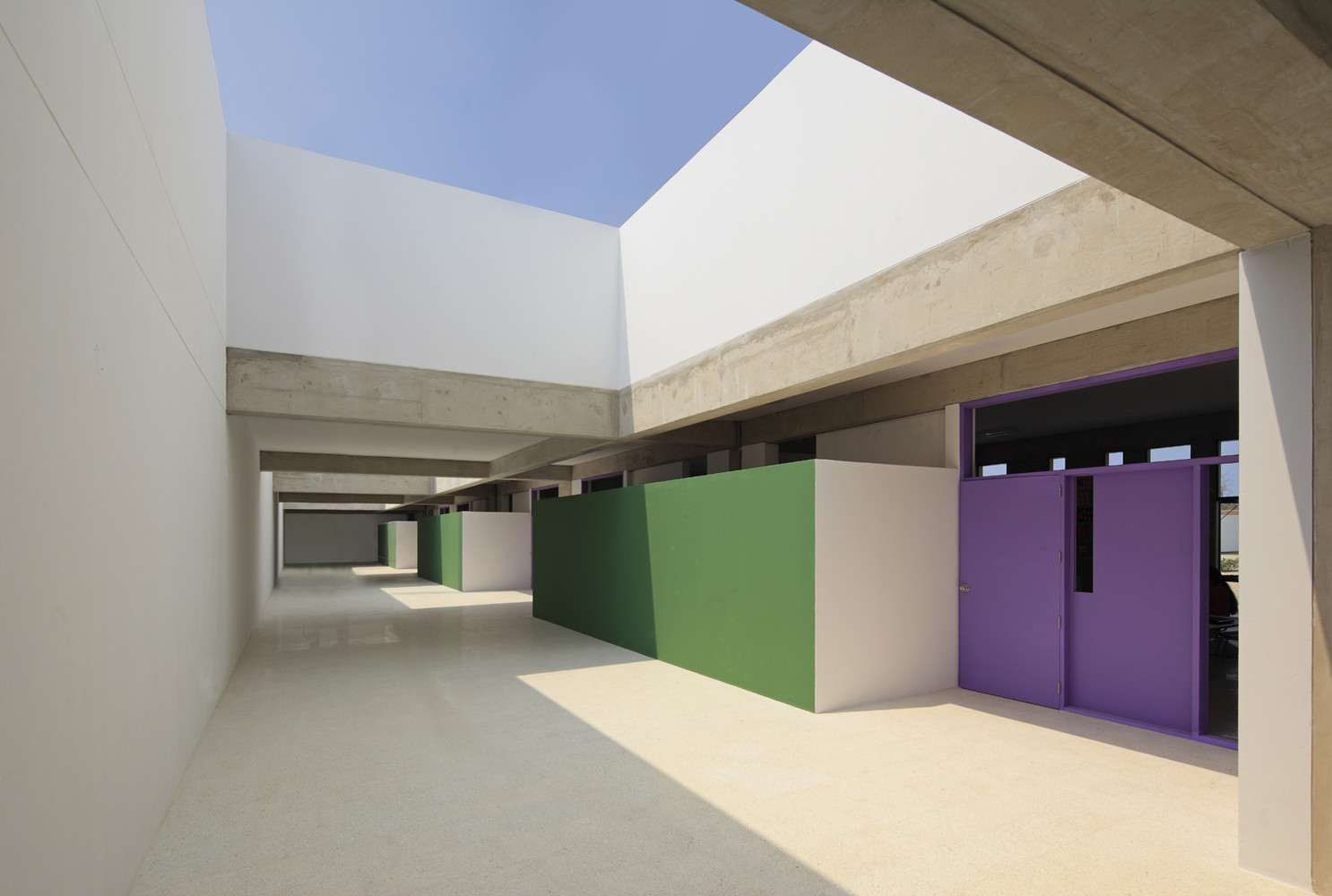
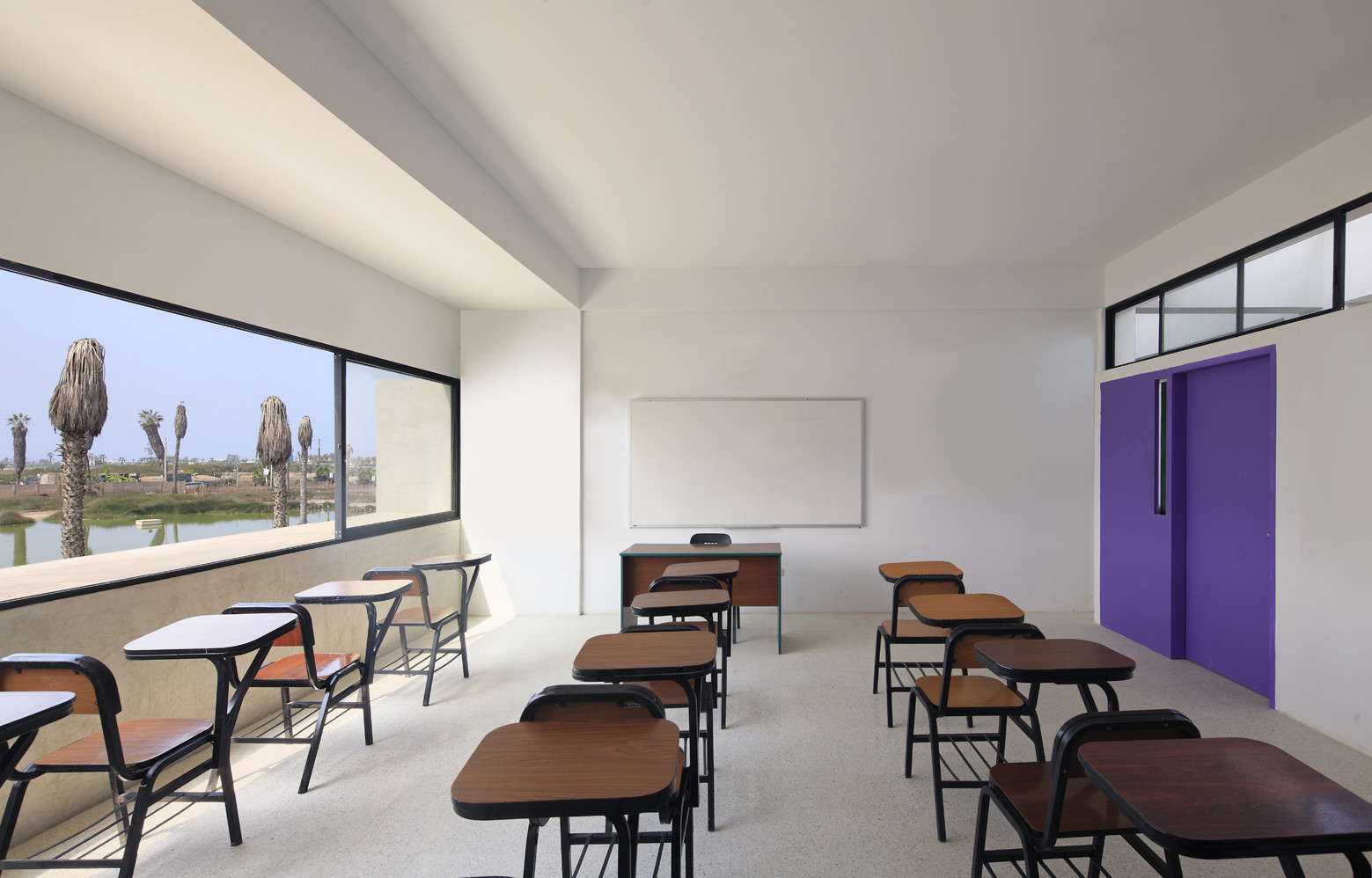

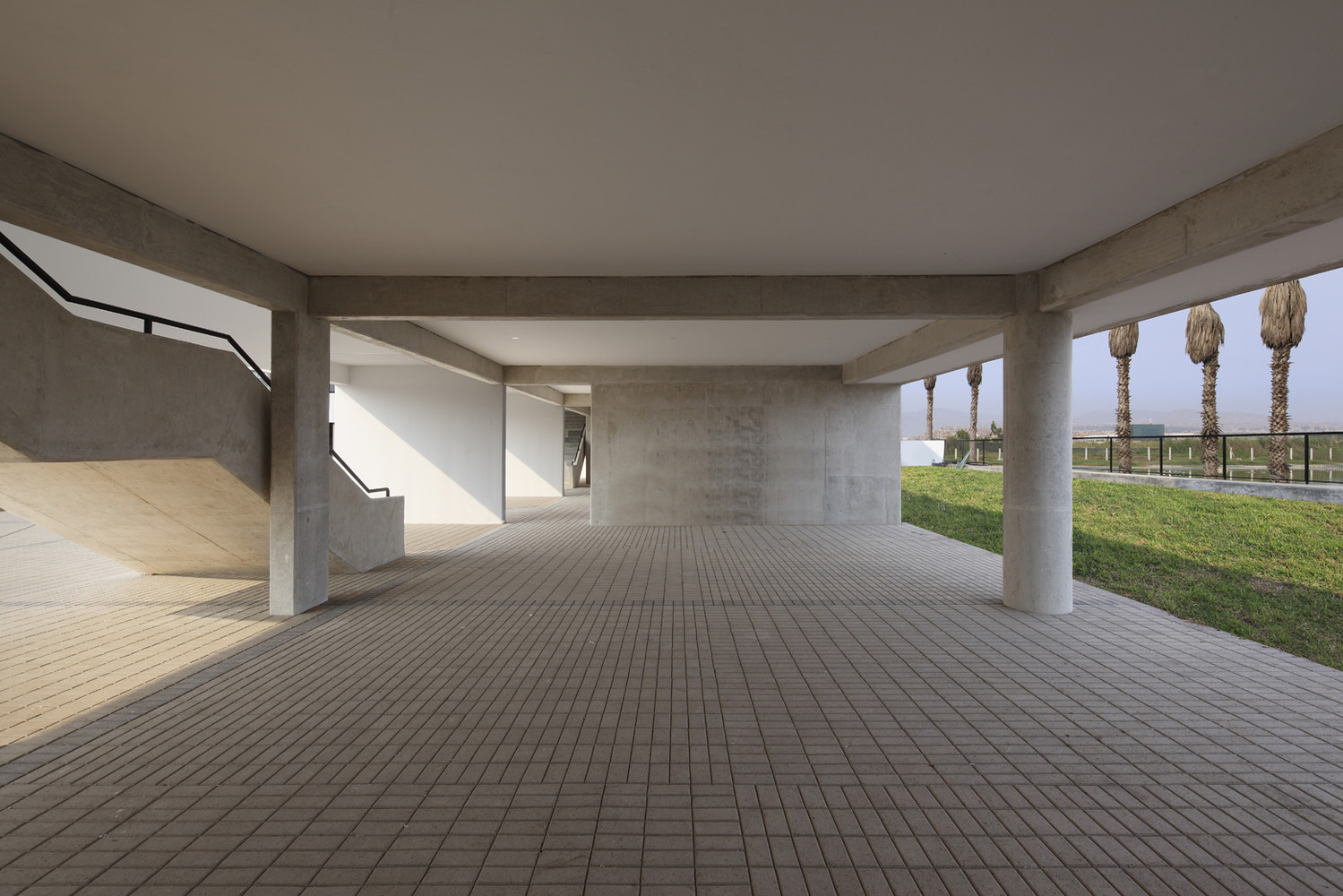



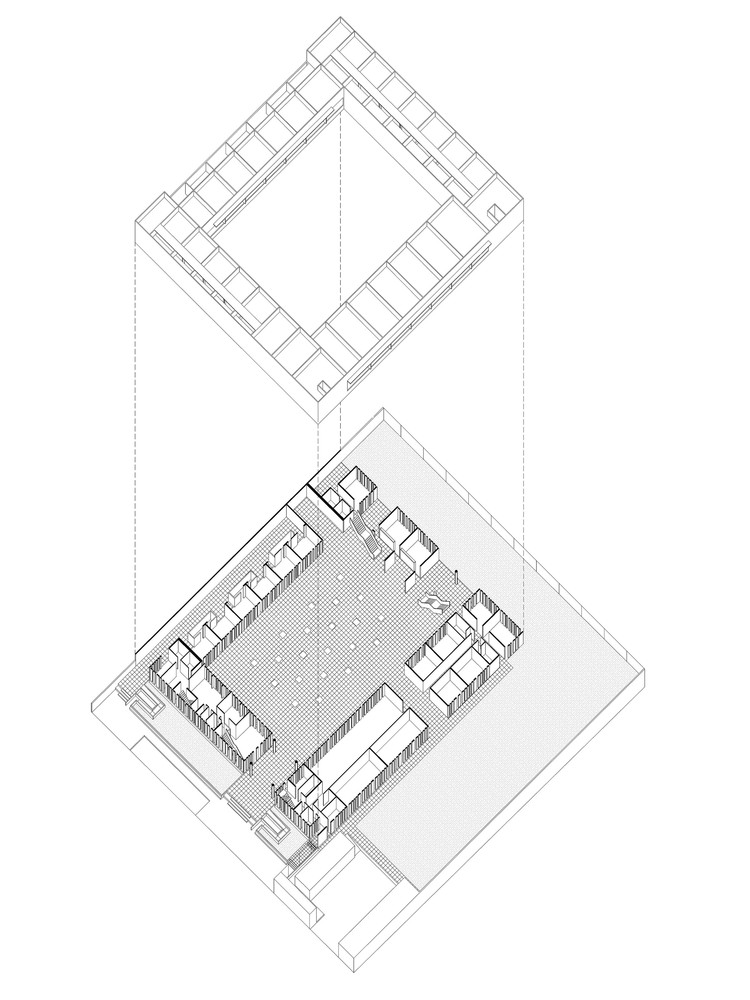
Architects Nomena, Patricio Bryce
Location Chorrillos, Lima, Peru
Category Schools
Project Area 4000.0 m2
Project Year 2013
Photography Juan Solano
